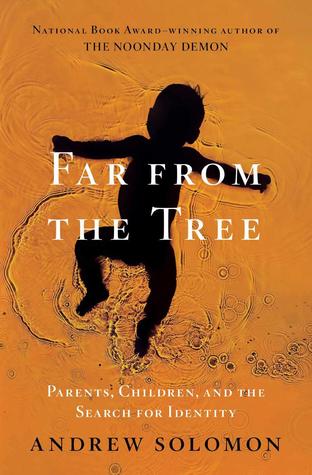More on this book
Community
Kindle Notes & Highlights
Started reading
March 10, 2021
Parenthood abruptly catapults us into a permanent relationship with a stranger, and the more alien the stranger, the stronger the whiff of negativity.
we must love them for themselves, and not for the best of ourselves in them, and that is a great deal harder to do. Loving our own children is an exercise for the imagination.
vertical identities. Attributes and values are passed down from parent to child across the generations not only through strands of DNA, but also through shared cultural norms.
someone has an inherent or acquired trait that is foreign to his or her parents and must therefore acquire identity from a peer group. This is a horizontal identity.
Whereas families tend to reinforce vertical identities from earliest childhood, many will oppose horizontal ones. Vertical identities are usually respected as identities; horizontal ones are often treated as flaws.
We often use illness to disparage a way of being, and identity to validate that same way of being. This is a false dichotomy.
interpretation defines energy/matter as behaving sometimes like a wave and sometimes like a particle, which suggests that it is both, and posits that it is our human limitation to be unable to see both at the same time.
Many conditions are both illness and identity, but we can see one only when we obscure the other.
We need a vocabulary in which the two concepts are not opposites, but compatible aspects of a condition.
Ludwig Wittgenstein said, “All I know is what I have words for.” The absence of words is the absence of intimacy; these experiences are starved for language.
Having exceptional children exaggerates parental tendencies; those who would be bad parents become awful parents, but those who would be good parents often become extraordinary.
Parents’ early responses to and interactions with a child
determine how that child comes to view himself.
To look deep into your child’s eyes and see in him both yourself and something utterly strange, and then to develop a zealous attachment to every aspect of him, is to achieve parenthood’s self-regarding, yet unselfish, abandon.
From one angle, the desire to transform myself can be seen as an attempt to unshackle myself from an undesirable way of being. From another, it was a gesture toward my essential self, a crucial pivot toward whom I was to become.
isolating an exceptional identity can be unless we resolve it into horizontal solidarity.
Treating an identity as an illness invites real illness to make a braver stand.


